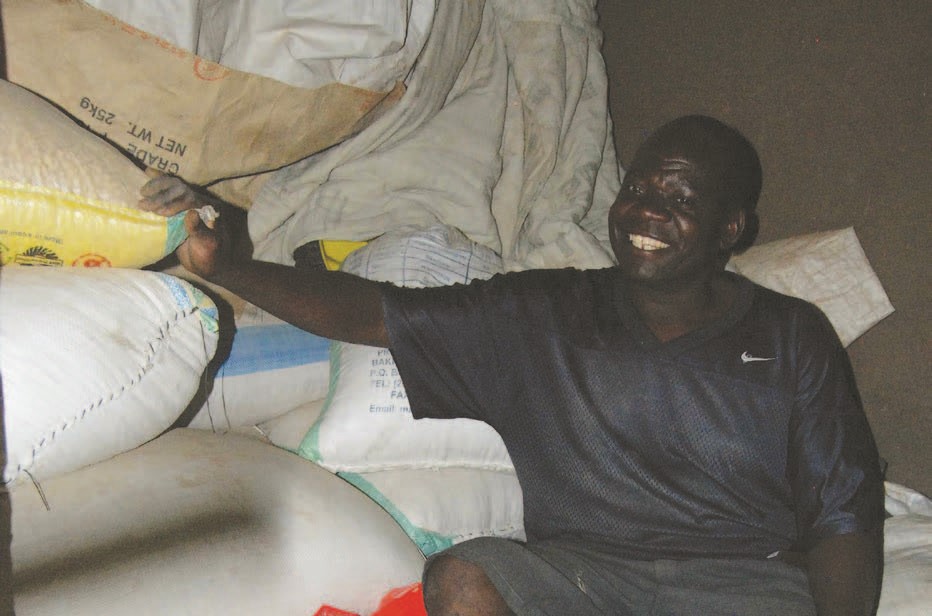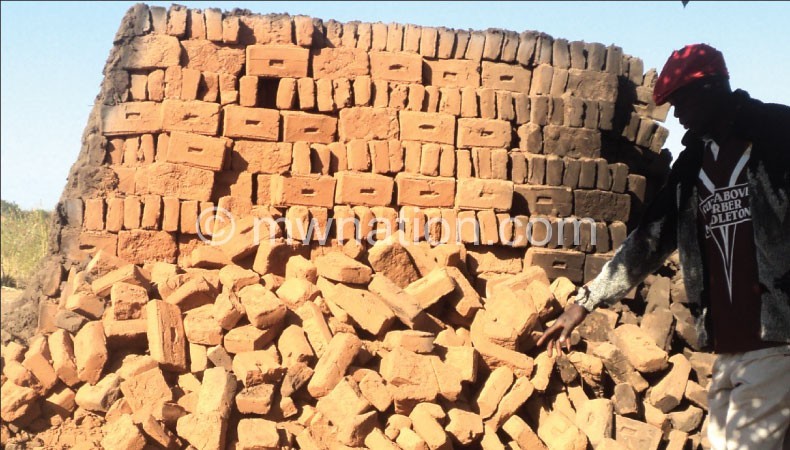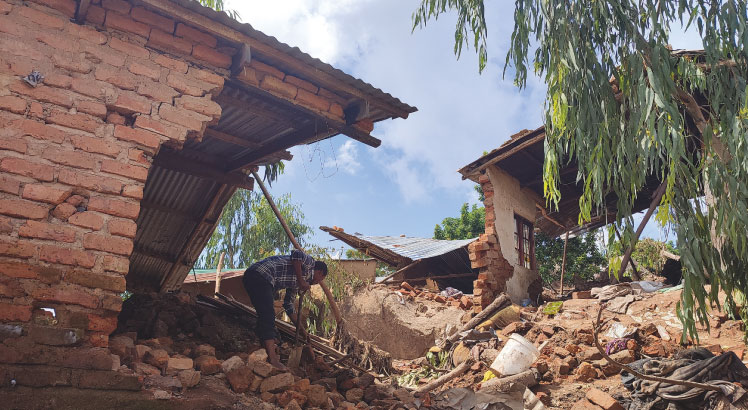Solution to Nsanje floods
Poverty and disasters can be deadly bedfellows. The two are directly linked.
Several reasons account for this. First, the poor are generally known to have low asset base, and even when a household, by village standard, has some reasonable level of assets, they tend to be concentrated at one place.

For a long time, this has been the case in the Makhanga area in Nsanje because the accumulation and dispersion of assets is disrupted by flooding events that happen every year.
The poor tend to settle in marginal or unsafe areas that prove to have sources of livelihoods they have confidence in, and also because they cannot afford to buy expensive land in the safe areas. The result is that they get exposed to risks of flooding-induced disasters.
The settlements in the villages under village heads Osiyana and Mchacha James in Traditional Authority (T/A) Mlolo in Nsanje are perfect examples of vulnerable settlements.
The poor tend to be driven by survival instinct and the issue of protection of the natural environment may not always be a priority.
The reason Ruo River, to the south of Makhanga area, finds it easy to burst the Malawian side of the river bank, as opposed to the Mozambican side, is because vegetation along the river bank has been significantly wiped out. Due to pressure on land, farming is done right along the river bank line.
Experience shows that community meetings that target the poor, mostly tend to be patronised by village leaders and opinion dispensers.
Now Makhanga area lies just above the confluence of Ruo and Shire rivers. Even an ‘innocent’ Shire River would misbehave under the influence of usually volatile and stubborn Ruo River. The flooding events that usually happen in areas along the Shire River from Mtayamoyo Bridge to Nyachikadza area and beyond have much to do with the flooding in Ruo River as opposed to the waters of Shire River that are mostly controlled.
Therefore, it is evident from the foregoing that measures to deal with the incidences of flooding and situation of victims thereof, need to be multi-sectoral in nature.
In other words, their needs should be addressed holistically and in an integrated manner. A properly packaged multi-sectoral investment, in the form of local economic development programme, would be required, not only to address economic and social needs, but also tackle settlement and environmental challenges.
Considering the challenges of relocation drives in the past, there are indications that flooding nightmares may still be with us for years to come. Therefore, thinking about implementing local development programme at Makhanga would not be a far-fetched idea. It would be beneficial both to the people of Makhanga and those living along the Shire River. Economically, the programme would provide opportunity for creating and increasing household assets.
Socially, the relief dependent victims of the disasters can be incentivised to form community ties to strengthen the social capital. Self-managed groups would emerge to cater for the economic and social needs of the poor households.
Physically, the programme may consider undertaking two things; firstly, providing flood resistant or resistant housing in the impact area by implementing disaster risk reduction measures that apply the principle of `build back better’ for both rural residential houses, community facilities and institutional structures. Second, roll out a land use plan that carefully avoids or prohibits settlement in fragile areas, and also separates settlements from areas that are used for farming activities.
To improve safety of the Makhanga area and indeed all lowlands along the Shire River down to the area of T/A Nyachikaza and beyond, the plan should include construction of dams upstream of the Ruo River or the diversion of Ruo River to uninhabited land to be used for agriculture purposes.
Such measures need to be packaged using a local economic development approach. n






Rich or poor alike can participate in good land management and sustainable agricultural practices. The current system of slashing-and-burning, monocropping, deforestation, compaction of the soil, and use of chemicals (such as synthetic fertilizers and herbicides) has left the nation extremely susceptible to floods, droughts, and malnutrition. When the soil loses its capacity to absorb water, we see runoff problems leading quickly to floods, and, when the soil loses its capacity to hold water, we see a short gap in the rains quickly turn into a drought. If every farmer in Malawi were working to ensure that every drop of rain that falls on their field during the rainy season is allowed to sink into healthy, organic-rich soil, we would already have a solution to the flooding in Nsanje that has very little to do with ‘relocation’. Even poor farmers have a wealth of locally available resources at their finger tips: nitrogen-fixing agroforestry species, water-loving species, drought-resistant species, highly-nutritious species, tubers that help to dig the soil and keep it porous, organic matter that can be used for mulching, eco-sanitation that can help to enhance the fertility of the soil, tree crops that can grow perennially and are very stable during times of floods and droughts, etc. DIVERSITY is the key to mimicking the resilience of natural ecosystems…if we continue to only plant maize then we will also continue to to be subjected to annual ‘hungry seasons’, malnutrition, soil depletion, and the effects of climate change.